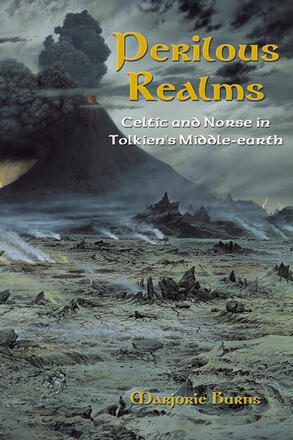
Description
J.R.R. Tolkien (1892-1973) is increasingly recognized as the most influential writer of the twentieth century. Sales of his books remain exceptionally high, and Middle-earth fan clubs flourish around the world. The massive success of the film versions made of The Lord of the Rings, and released between 2001 and 2003, have only added to his popularity.
Throughout his life, Tolkien was acutely aware of the power of myth in shaping society; so much so, that one of his earliest ambitions as a writer was to create a mythology for England. The Middle-earth of The Lord of the Rings and The Hobbit was to serve as a stand-in for Britain and North-western Europe and is strongly based on a variety of influential literatures and beliefs, particularly the Celtic and Norse. Perilous Realms is the first book to focus consistently on the ways in which Tolkien balances these two ancient cultures and unites them in a single literature. Renowned Tolkien scholar Marjorie Burns also investigates the ways Tolkien reconciled other oppositions, including paganism and Christianity, good and evil, home and wayside, war and peace, embellishment and simplicity, hierarchy and the common man.
Even those who do not know Beowulf or the Arthurian tales or northern European mythology come away from The Lord of the Rings with a feeling for Britain's historical and literary past. Those who recognize the sources behind Tolkien – and the skill with which he combines these sources - gain far more. Perilous Realms gives this advantage to all readers and provides new discoveries, including material from obscure, little-known Celtic texts and a likely new source for the name 'hobbit.' It is truly essential reading for Tolkien fans.
Awards
- Short-listed, Mythopoeic Scholarship Award in Inklings Studies - The Mythopoeic Society 2008